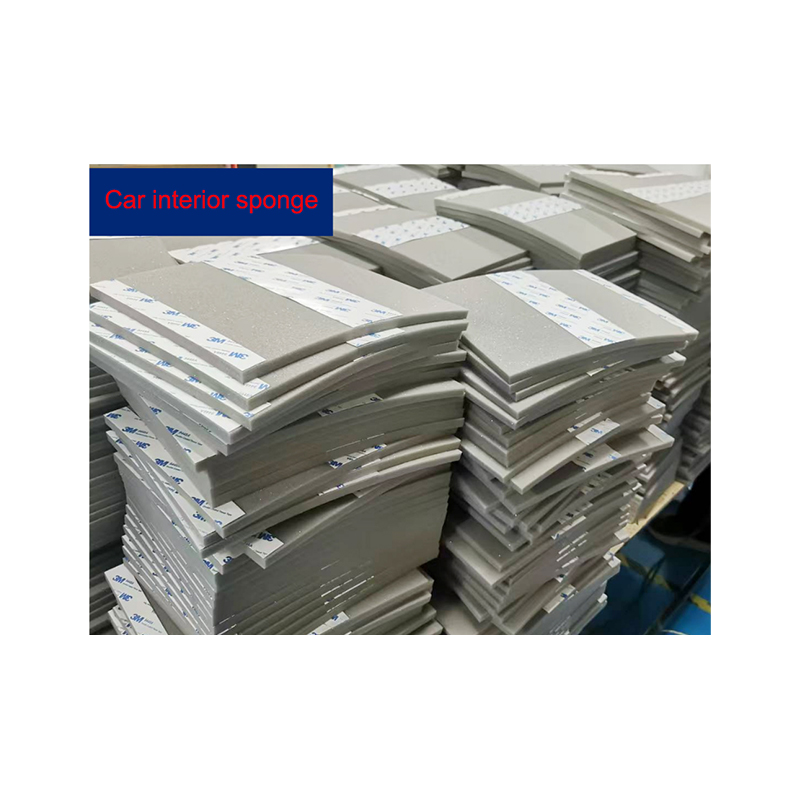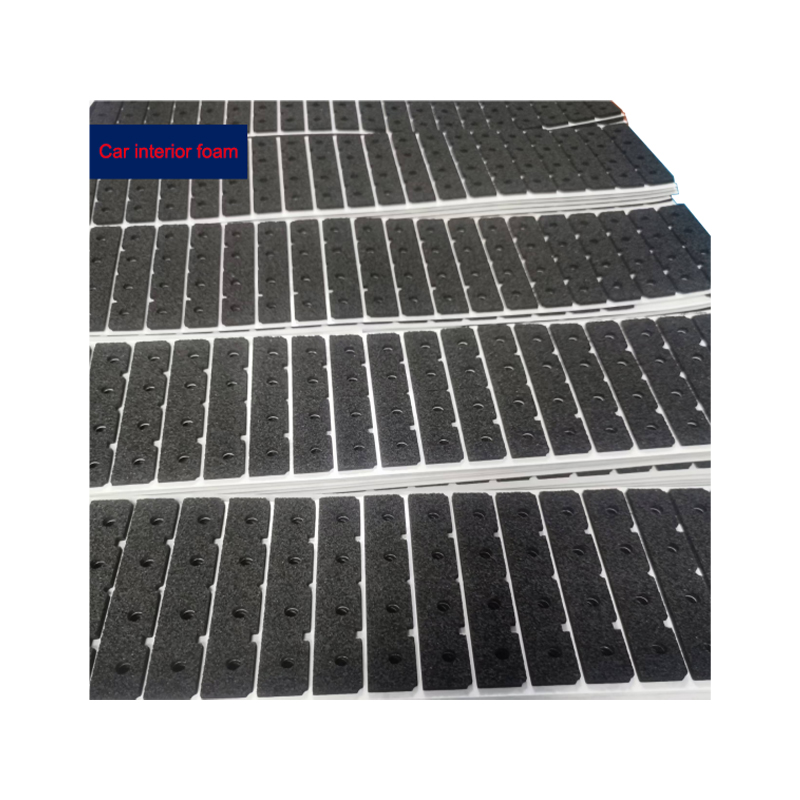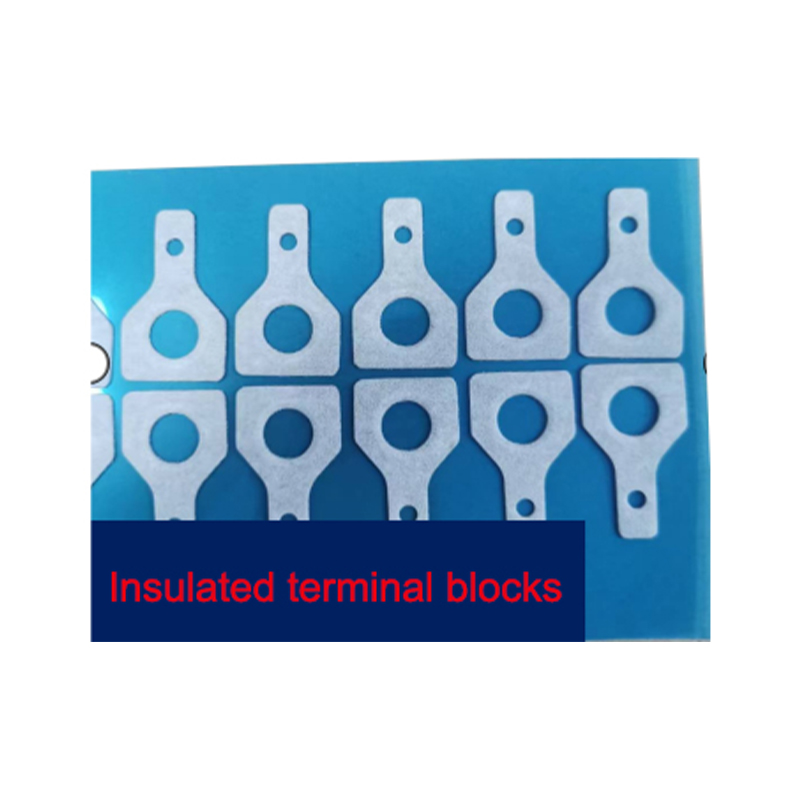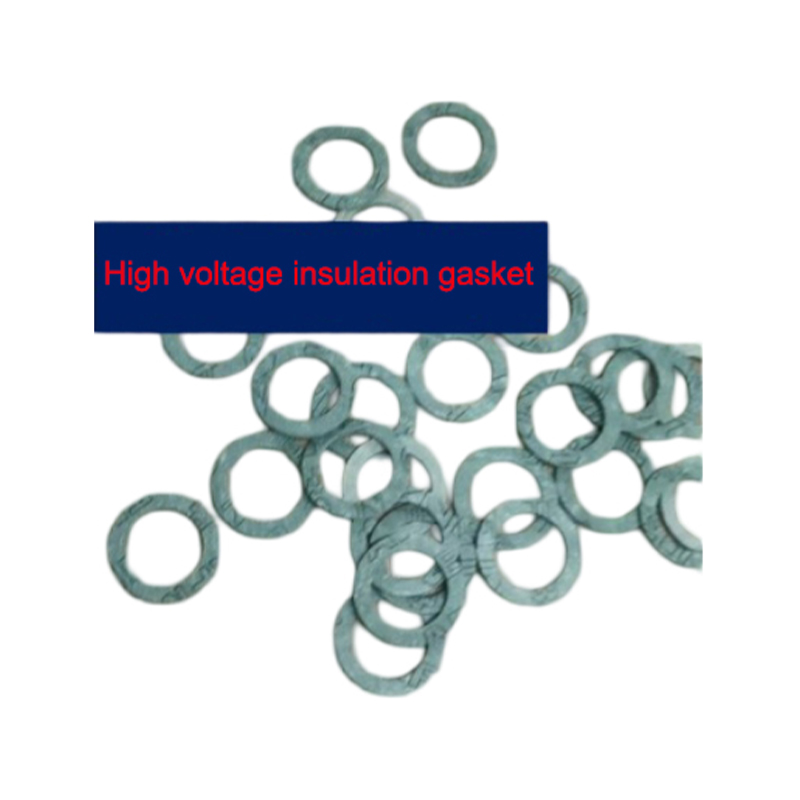How does automobile anti-vibration foam reduce noise?
Release Time : 2025-03-27
Automobile anti-vibration foam plays a vital role in reducing noise. It can not only improve the comfort in the cockpit, but also effectively isolate external noise, creating a quieter riding environment for passengers.
Automobile anti-vibration foam is a material with excellent sound insulation performance. Its sound insulation principle is mainly based on its unique structure and material properties. There are a large number of tiny pores inside the foam, which can absorb and reflect sound waves, thereby reducing the transmission of sound waves. When sound waves encounter foam materials, some sound waves will be absorbed by the material, and some sound waves will be reflected and scattered inside the material, thereby reducing the energy and penetration of the sound waves. Therefore, automobile anti-vibration foam can effectively isolate external noise, such as tire noise, road noise, wind noise, etc., and improve the sound insulation effect in the cockpit.
Car doors are one of the main ways for car noise to enter the cockpit. By filling the inside of the car door with automobile anti-vibration foam, the intrusion of wind noise, road noise and other external noise can be significantly reduced. Anti-vibration foam can absorb vibration and noise inside the car door, reduce the transmission and reflection of noise, and thus improve the sound insulation performance of the car door. In addition, anti-vibration foam can also enhance the sealing of the car door and prevent noise from penetrating into the cockpit through the gap of the car door.
The hood is one of the main sources of car engine noise. Laying automobile anti-vibration foam under the car hood can effectively absorb the noise and vibration generated when the engine is running and reduce the noise transmitted into the cockpit. The sound insulation and shock absorption performance of anti-vibration foam can significantly reduce the intensity and penetration of engine noise and protect the paint surface of the hood from damage by high temperature and noise. At the same time, anti-vibration foam can also improve the heat insulation performance of the hood and prevent heat from being transferred to the cockpit.
The chassis of the car is one of the main transmission paths for noise and vibration. By laying automobile anti-vibration foam on the chassis, the transmission of road vibration and noise can be effectively isolated, and the ride comfort and sound insulation performance of the vehicle can be improved. Anti-vibration foam can absorb the vibration and noise of the chassis, reduce the transmission and reflection of noise, and thus reduce the noise level in the cockpit. In addition, anti-vibration foam can also improve the rigidity and stability of the chassis, and enhance the handling and safety of the vehicle.
Tire noise is an inevitable problem during the driving process of the car. By filling automobile anti-vibration foam inside or around the tire, the noise generated by the friction between the tire and the ground can be effectively reduced. Anti-vibration foam can absorb tire vibration and noise, reduce the propagation and reflection of noise, and thus reduce the interference of tire noise to passengers in the cockpit. At the same time, anti-vibration foam can also improve the comfort and durability of the tire and extend the service life of the tire.
Compared with other sound insulation materials, automobile anti-vibration foam has unique advantages. First, anti-vibration foam has excellent sound insulation and shock absorption properties, which can significantly reduce the transmission of noise and vibration. Secondly, anti-vibration foam has a low density and light weight, which will not have a significant impact on the weight and fuel consumption of the vehicle. In addition, anti-vibration foam also has good corrosion resistance and aging resistance, and can maintain a stable sound insulation effect for a long time in harsh environments. However, it should be noted that different brands and models of anti-vibration foam may have differences in sound insulation performance, so careful comparison and evaluation are required when choosing.
Automobile anti-vibration foam plays an important role in reducing noise. By applying anti-vibration foam to key parts such as doors, hoods, chassis and tires, the transmission and reflection of noise can be significantly reduced, and the sound insulation performance and ride comfort in the cockpit can be improved. Compared with other sound insulation materials, anti-vibration foam has unique advantages and broad application prospects. With the advancement of technology and people's increasing requirements for automobile comfort, the application of automobile anti-vibration foam will become more and more extensive, creating a more quiet and comfortable riding environment for passengers.







